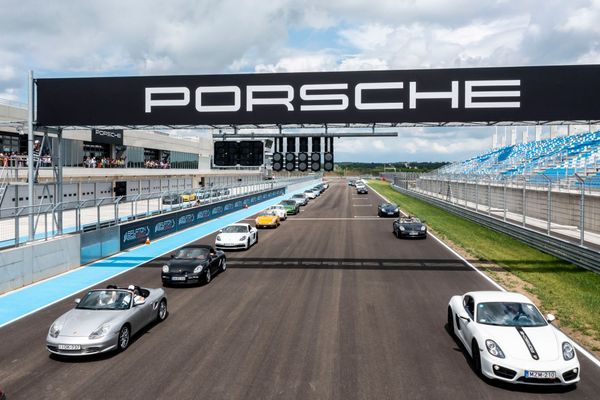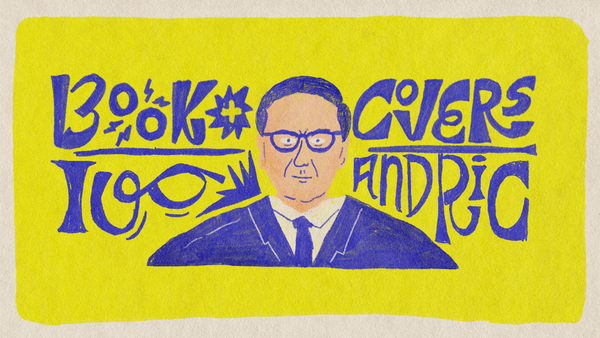Is it the concept or the awareness-raising and memorability that is more important? Where is the line between artistic expression and provocation? What impact does social media have on what will eventually hit the shelves? Having clarified the essential concepts in the first episode of our new series, in the second we take a look at what fashion shows are all about these days. To find out, we asked Anita Forintos-Szűcs, Deputy CEO of the Hungarian Fashion & Design Agency, and Katya Silchenko, designer of the Ukrainian brand, the COAT.
Is shocking people the priority?
If you follow any fashion-related content on Instagram or TikTok, you probably couldn’t miss Schiaparelli’s lion-head dress or Bella Hadid, Coperni, and Fabrican’s performance earlier this year.
In the case of the former, there was a great outcry when the models walked the runway with deceptively realistic animal heads attached to their clothes, as most people saw it as a way of provoking and shocking.
With the collection, the fashion company wanted to reflect on Dante Alighieri’s Divine Comedy, with the models’ clothes reflecting its animal symbolism. Interestingly, early last year, an animal also sparked a fierce backlash from the internet after footage of a Chanel show with a live horse walking the runway went viral.
Stella McCartney's show featured horses as the stars once again, but this time the idea was reversed and the models actually joined the animals, as the whole event was held in a riding arena.
Storytelling and experience
If you look for footage of shows from the 90s or 2000s, it soon becomes clear that for a long time, the concept was really about people sitting on either side of a runway watching the latest creations being presented. You could say that the essence has not changed over the decades, but you can see from the examples above that the circumstances have certainly changed. “An interesting development in the world of fashion weeks was the Louis Vuitton menswear show in January, which was primarily a Rosalia concert rather than a fashion show. When one of the world’s leading luxury brands introduces such a new concept to the runway, it is likely to leave its mark on the approach of other brands, and thus on the future of fashion weeks,” said Anita Forintos-Szűcs. “The aim is still to get designers to attract the attention of fashion editors, buyers, and potential customers. So today the ultimate goal is still visibility, sales, deal-making, and building, but brands have to achieve this in a much more noisy and competitive environment,” she added.
Katya Silchenko of the Ukrainian brand the COAT believes that nowadays more and more people consider shows to be a waste of money or even a waste of hype, even though they have a significant artistic value “A show built around an exciting concept can be as interesting and impactful as the experience of a theater performance. It can be inspiring and entertaining at the same time,” Katya stressed.
Interestingly, both interviewees highlighted the Thom Browne Show as a memorable experience from earlier this year. The performance spoke to the inner child in all of us, drawing attention to the importance of breaking free from monotony and routine and experiencing freedom. To this end, the story of The Little Prince was presented during the show. “They didn’t really present clothes, but a story that evokes deep emotions in all of us, making the whole show an unforgettable experience,” Katya emphasized.
Just make it Instagram-compatible!
In addition to the performance at the show or the models, celebrities, and invited guests on the runway, the location can be just as crucial to the event’s social media reach. It’s now commonplace to see a collection in Central Park, at the amusement park in Coney Island, or even on the street, for example on 5th Avenue in Manhattan, but equally exciting venues can be the Louvre or the Eiffel Tower in Paris.
The key is to have as many details as possible that make the show interesting, even in a short video or in a few photos. “Social media is perhaps the biggest influence on the world of runways. Influencers have changed the rules of the fashion week and, along with social media, the world of shows and consumer habits. Fashion brands are now not only inspired by official trend forecasts but also research, monitor and react to the latest fashion trends on relevant social media platforms—taking into account the brand’s DNA, follower base, or target audience,” Anita Forintos-Szűcs, Deputy CEO of the Hungarian Fashion & Design Agency pointed out.
Cover photo: László Bárdos


Porsche celebrates 75th birthday with a large-scale festival

Book+covers | Ivo Andrić: The Bridge on the Drina











